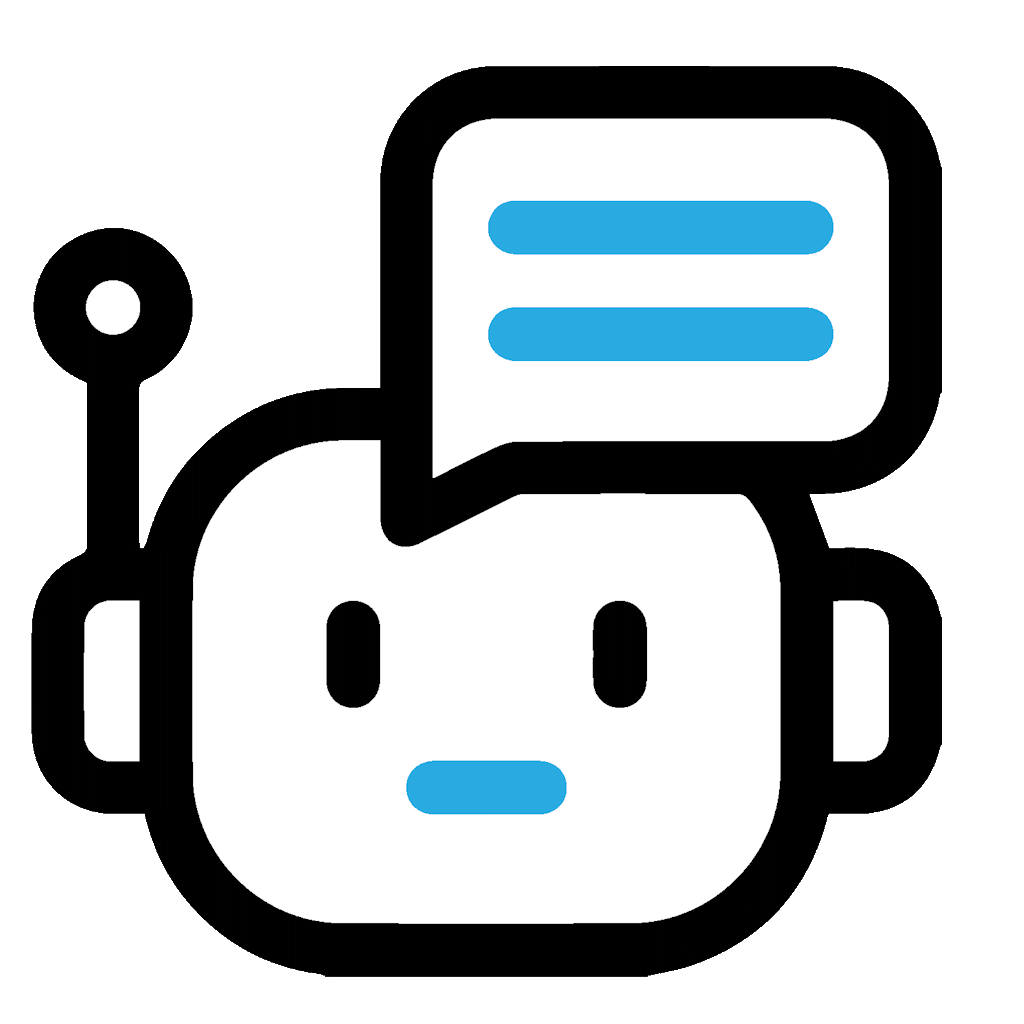Startups, especially those with a team size of less than 100, are often juggling between big dreams and real-world constraints. The challenge is balancing those “moonshot” goals that feel aspirational with the “rooftop” goals that are more grounded and achievable. That’s where Target Align comes in, offering a streamlined approach to balancing both types of objectives while ensuring your business stays on track.
Key Takeaways
- Balancing aspirational goals (moonshots) and committed goals (rooftop goals) is essential for the long-term success of any startup.
- Target Align offers tools like OKRs, KPIs, and Balanced Scorecards to help align goals with company strategy, track progress, and adjust as needed.
- Transparency, accountability, and regular check-ins ensure that teams stay focused and engaged while pursuing both short-term wins and long-term growth.
Why Balancing Aspirational vs Committed Goals is Crucial for Startups
When it comes to goal-setting, popular startup advice is to lean toward ambitious targets, like achieving 100% growth or revolutionizing their industry. These are the moonshot goals – dreams that can inspire and motivate teams. But these goals can sometimes feel out of reach. On the flip side, you have committed goals (or rooftop goals) that are more practical and tied to the day-to-day operations, such as increasing monthly revenue by 10% or improving customer retention by 5%.
The trick lies in managing both kinds of goals. Too many aspirational goals can overwhelm your team, while too many committed goals can lead to stagnation. That’s where Target Align can help your team stay in sync.
Key Features of Target Align for Goal Balance
Target Align enables startups to strike the perfect balance between their moonshot and rooftop goals. Here’s how it works:
- Strategic Alignment: Target Align makes sure your KPIs are aligned with both short-term and long-term objectives. With clear alignment between aspirational goals and committed goals, you ensure your team is focused and moving in the right direction.
- Transparency: Everyone in the organization, from the CEO to the product manager, has full visibility into goals and progress. This transparency ensures everyone is on the same page, increasing accountability and fostering a collaborative culture.
- Focus and Flexibility: One of the greatest strengths of Target Align is its balance of focus and agility. Startups need to stay flexible, but also need to avoid getting distracted by too many moving parts. The platform lets you adjust goals while maintaining focus on what’s most important.
- Regular Check-ins & Cadence: Whether it’s quarterly reviews or weekly sprints, Target Align ensures your team stays on track with regular check-ins that measure progress and make sure both aspirational and committed goals are being addressed.
- Innovation & Improvement: With performance management tools like the Balanced Scorecard (BSC), your team can track both output vs outcome and ensure there’s continuous improvement. Innovation doesn’t have to come at the cost of execution.
How Does Target Align Help Manage Both Aspirational and Committed Goals?
Target Align is designed specifically for fast-growing, agile teams that need a scalable solution for managing goals. With features like OKRs, KPI tracking, and performance management, it helps startups maintain strategic alignment without feeling overwhelmed. Whether you’re managing a small team of 10 or scaling up to 100, Target Align ensures your goals stay clear, actionable, and inspiring.
- OKRs and KPIs: Set up objectives (aspirational or committed) and break them down into measurable key results. Use KPIs to track how well you’re progressing toward both long-term and short-term goals.
- Alignment: Ensure that every team’s work aligns with the company’s mission, helping bridge the gap between strategic vision and day-to-day execution.
- Balanced Focus: Create SMART goals that are specific, measurable, achievable, relevant, and time-bound. Whether it’s a moonshot or a rooftop goal, Target Align ensures that everything has the same level of clarity and accountability.
- Flexibility in Adjustments: Sprint cycles and cadence reviews let you quickly make adjustments without losing sight of your bigger goals, whether you’re adapting to disruptive technology or responding to market shifts.
If you’re interested in learning more about managing aspirational and committed goals in 2025, check out Target Align.

FAQs
1. What’s the difference between moonshot and rooftop goals?
Moonshot goals are big, bold, visionary targets that inspire, while rooftop goals are more grounded and measurable, typically tied to daily operations and immediate objectives.
2. How does Target Align support startups in balancing both types of goals?
Target Align helps by providing a framework where OKRs and KPIs align short-term goals with long-term vision. It also ensures transparency, accountability, and flexibility, allowing teams to stay focused and agile.
3. How can I use Target Align to keep track of progress on both types of goals?
You can set time-boxed milestones, track key results, and regularly review both moonshot and rooftop goals through features like quarterly reviews, townhalls, and peer-to-peer feedback.
4. Can Target Align help my team stay agile?
Yes! Target Align’s agile framework ensures that your team can quickly adapt to new information, market changes, or internal shifts while staying aligned with overall objectives.

